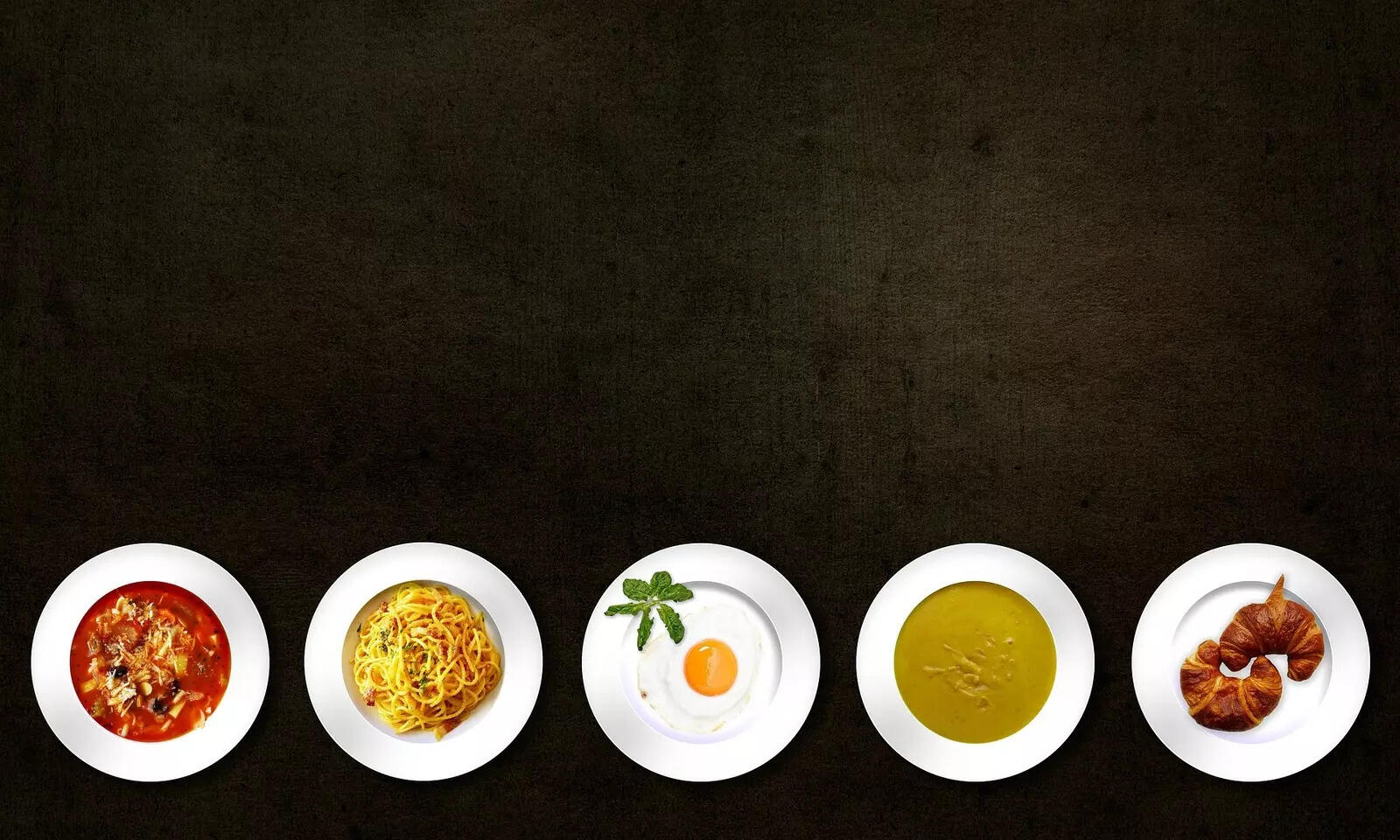10 Clever Tricks To Make Vegetables Delicious & Irresistible For Kids

Encouraging children to eat vegetables can be a challenge for many parents. Kids are often drawn to sweet and processed foods, making nutrient-rich greens and colourful vegetables less appealing. However, with a little creativity and some clever cooking techniques, vegetables can become a delicious and fun part of a child’s diet. From playful presentations to hidden veggies in their favourite dishes, there are plenty of ways to make vegetables exciting. Here are ten creative and practical ways to ensure your child not only eats but enjoys their veggies.
1. Make Vegetables Look Fun
Children are often attracted to food that looks bright, fun, and interesting. Use cookie cutters to shape cucumbers, carrots, or bell peppers into stars, hearts, or animals. Arrange vegetables into smiley faces or colourful rainbows on their plates. The more visually appealing the meal, the more likely kids are to eat it with enthusiasm.
2. Blend Them Into Smoothies
Smoothies are an excellent way to sneak in a variety of vegetables without compromising on taste. Spinach, kale, and carrots blend well with naturally sweet fruits like bananas, mangoes, and strawberries. Add a dollop of yoghurt or a splash of honey to enhance the flavour. Kids will love the vibrant colours and delicious taste without realising they are drinking their greens.
3. Make Veggie-Based Sauces
Many kids enjoy pasta, so why not make the sauce healthier? Blend cooked carrots, tomatoes, bell peppers, or courgettes into a smooth pasta sauce. You can also mix puréed vegetables into pizza sauce or homemade ketchup, ensuring your child gets extra nutrients without even noticing.
4. Create Crispy Veggie Snacks
Crunchy textures are often more appealing to children than soft or mushy vegetables. Try baking kale, sweet potatoes, or courgettes into crispy chips. Lightly coat them with olive oil and a pinch of seasoning before baking for a crunchy and flavourful snack that rivals store-bought crisps.
5. Get Kids Involved in Cooking
Children are more likely to eat food they have helped prepare. Involve them in simple tasks like washing vegetables, stirring sauces, or assembling their own veggie wraps. Let them pick their favourite vegetables at the market, giving them a sense of control and excitement about eating what they chose.
6. Pair Vegetables With Delicious Dips
Dips can make vegetables more enticing. Serve carrot sticks, cucumber slices, or bell pepper strips with hummus, guacamole, or yoghurt-based dips. Offering a variety of tasty dips encourages kids to explore different flavours while increasing their vegetable intake.
7. Disguise Vegetables in Favourite Dishes
If your child refuses to eat certain vegetables, try sneaking them into their favourite meals. Finely grated courgettes or carrots can be added to meatballs, burger patties, or even pancake batter. Cauliflower can be mashed into potatoes, and puréed butternut squash can be mixed into macaroni and cheese for a hidden boost of nutrition.
8. Try Fun Food Names
Give vegetables exciting names to spark your child’s interest. Broccoli can be called 'dinosaur trees,', carrots can be 'rabbit sticks,', and spinach can be 'superhero leaves'. Associating food with fun characters or stories can encourage children to eat them more willingly.
9. Experiment With Different Cooking Methods
If your child dislikes raw vegetables, try roasting, grilling, or sautéing them for a new taste and texture. Roasting brings out the natural sweetness in vegetables like carrots, sweet potatoes, and bell peppers, making them more appealing to young taste buds.
10. Set a Positive Example
Children learn by observing their parents. If they see you enjoying vegetables, they will be more likely to follow suit. Make mealtimes enjoyable by sharing and discussing your favourite vegetables and encouraging your child to try new ones without pressure.
Encouraging kids to eat vegetables doesn’t have to be a struggle. With a little creativity and patience, you can turn veggies into something they look forward to eating. By making vegetables fun, tasty, and engaging, you set the foundation for healthy eating habits that will last a lifetime.
Next Story